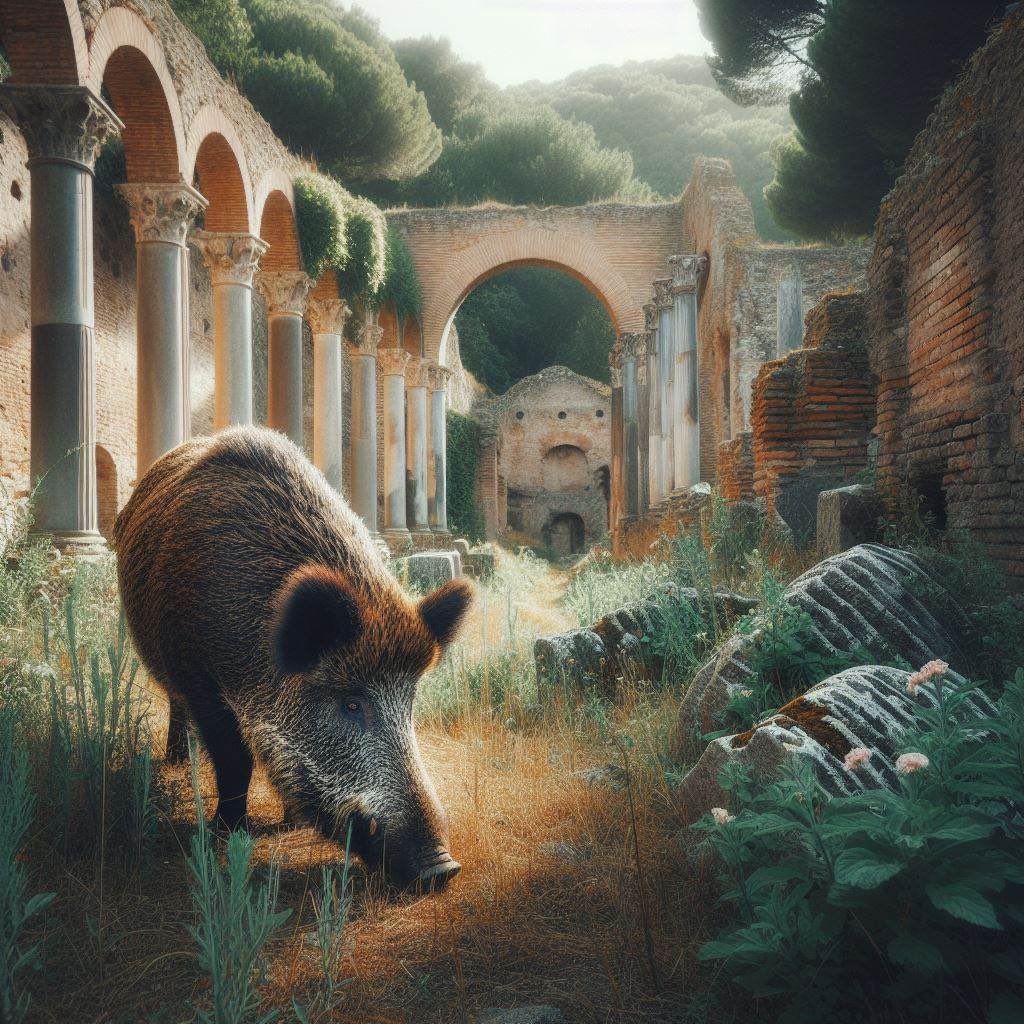By 600AD Pope Gregory lamented the Lombard destruction of Italy: “cities have been depopulated, fortresses razed, churches burned down, monasteries and nunneries destroyed, the fields abandoned by mankind, and, destitute of any cultivator, the land lies empty and solitary.”

Italy had been torn by war since 535, knowing only brief pauses in the fighting. Gothic Kings like Totila had done great damage to Rome and other cities as they resisted the Roman liberation of Italy initiated by Justinian. In the 6th century there were constant bouts of plague, famine, raids, and fracturing of Italy into warring Lombard and Roman regions. This broke down the trade networks of antiquity and ended Italy’s prosperity.

Gregory lamented the impact these barbarians had on Italy: “Wild hordes of Lombards unleashed from their own native land descended on us. The population of Italy, which had grown vast, like a rich harvest of grain, was cut down to wither away. Cities were sacked, churches burned, monasteries and cloisters destroyed.”

Italy became in many areas like an apocalyptic wasteland, according to Gregory: “The land was no longer occupied by its owners, and wild beasts roamed the fields where so many people once had made their homes.” It must have been a tough time to live through for many.
Anthony Kaldellis wrote in The New Roman Empire: “The population declined and so did surplus production, the scope for state extraction (tax), the volume of goods, and interregional trade.” This breakdown made it hard for Italy to recover, and the province couldn’t afford to defend itself. Italy, if it stabilized, could have been a key province of the Roman Empire again. Instead, it became a lost cause other than southern Italy.

In this time Italy consumed itself: “The old buildings were ransacked as quarries and cities exhibited empty spaces, or were ruralized.” The new elites of this society were less wealthy than their predecessors, and thus materially lesser along with all the society. All levels of society were declining.

They say Augustus found Rome a city of bricks and left it as a city of marble… In this time period, Rome went backwards and became not just a city of bricks again, but a city of wood, reused material, and desolation! Many places in Italy became far worse.

SOURCES:
St Gregory the Great: Dialogues (Fathers of the Church)
The New Roman Empire: A History of Byzantium by Anthony Kaldellis


